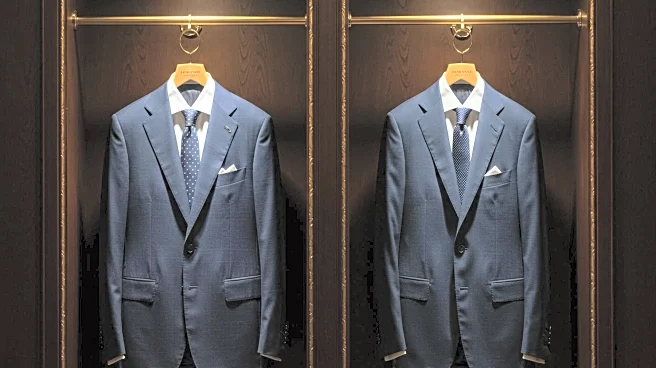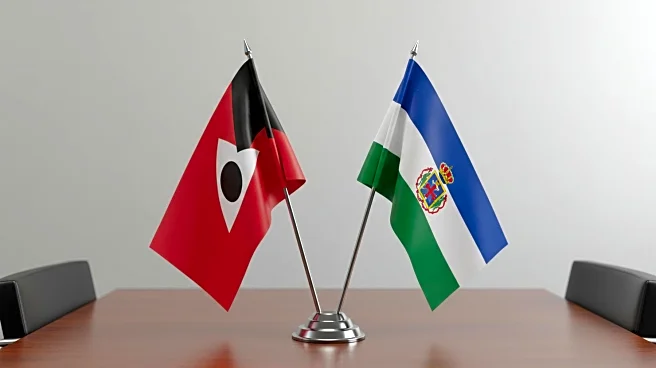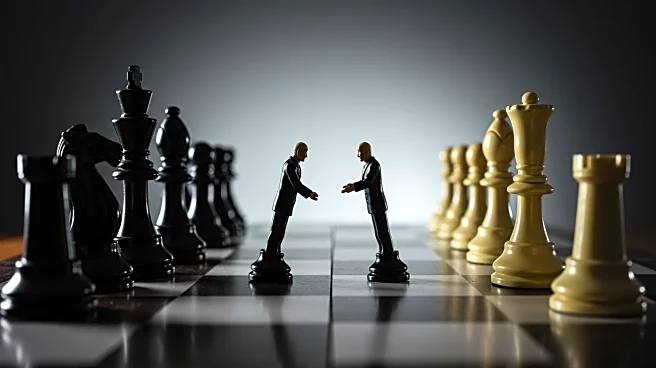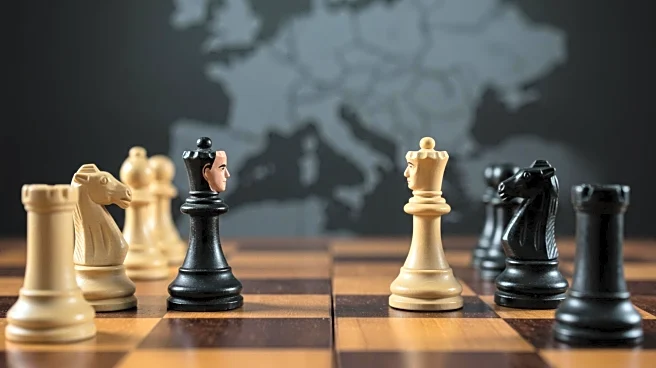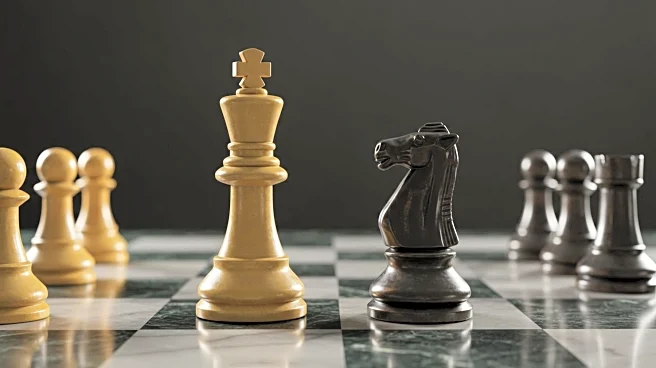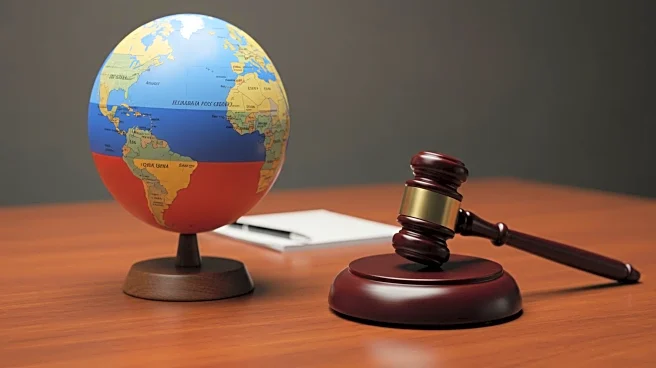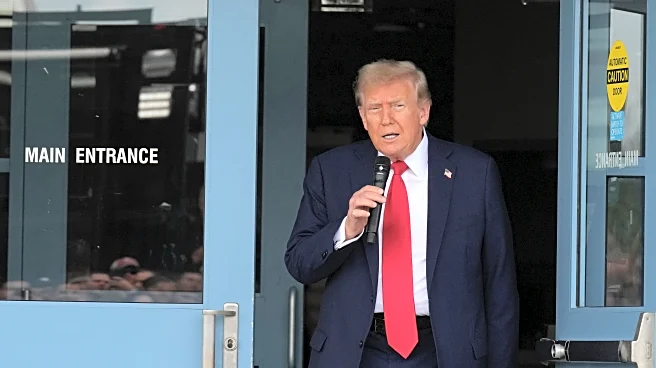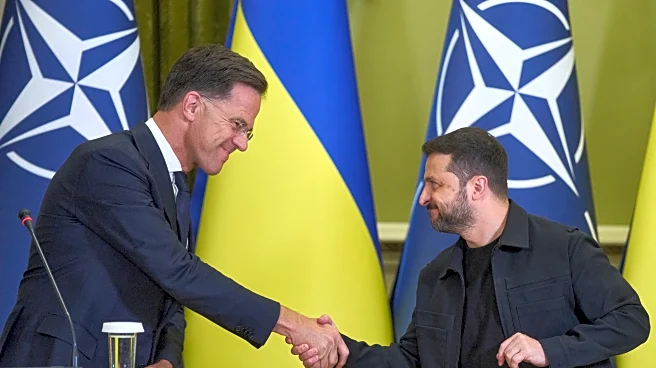What's Happening?
Ukrainian President Volodymyr Zelenskyy recently met with President Trump at the White House, where his choice of attire became a focal point of discussion. During a previous meeting in February, President Zelenskyy wore a black Henley shirt without a jacket, which drew criticism from some Trump supporters and a right-wing media outlet. President Trump had expressed dissatisfaction with Zelenskyy's attire, suggesting it was disrespectful to the Oval Office. In response to the criticism, President Zelenskyy opted for a more formal look during the latest meeting, wearing a black canvas blazer over a black collared shirt, though he still chose not to wear a tie. This change in wardrobe was noted by the same reporter who had previously criticized him, who this time complimented his appearance. President Trump also acknowledged the change positively. The meeting was described by President Zelenskyy as the best one yet, indicating that the change in attire may have contributed to a more constructive dialogue.
Why It's Important?
The focus on President Zelenskyy's attire highlights the symbolic power of clothing in diplomatic settings. Clothing choices by political leaders can convey messages and influence perceptions, as seen in this instance where a change in wardrobe was perceived as a gesture towards more serious diplomacy. This incident underscores the broader implications of how political figures are scrutinized not only for their policies but also for their presentation. The attention to Zelenskyy's attire reflects the ongoing narrative of U.S.-Ukraine relations, where diplomatic gestures and appearances can impact the tone and outcome of high-level meetings. The situation also illustrates the intersection of fashion and politics, where even seemingly minor details like clothing can become significant in international relations.
What's Next?
While the immediate focus was on President Zelenskyy's attire, the broader context involves ongoing diplomatic discussions between the U.S. and Ukraine. Future meetings may continue to be influenced by the symbolic gestures of both leaders, including their presentation and rhetoric. Observers will likely pay attention to how these elements affect the dynamics of U.S.-Ukraine relations, especially in the context of ongoing geopolitical tensions. The emphasis on attire may also prompt other political figures to consider the implications of their wardrobe choices in diplomatic settings.
Beyond the Headlines
The incident raises questions about the role of media in shaping public perceptions of political figures based on their appearance. It also highlights the cultural expectations placed on leaders to conform to certain standards of dress, which can vary significantly across different contexts. This event may contribute to a broader discussion about the balance between personal expression and diplomatic decorum in political settings.
